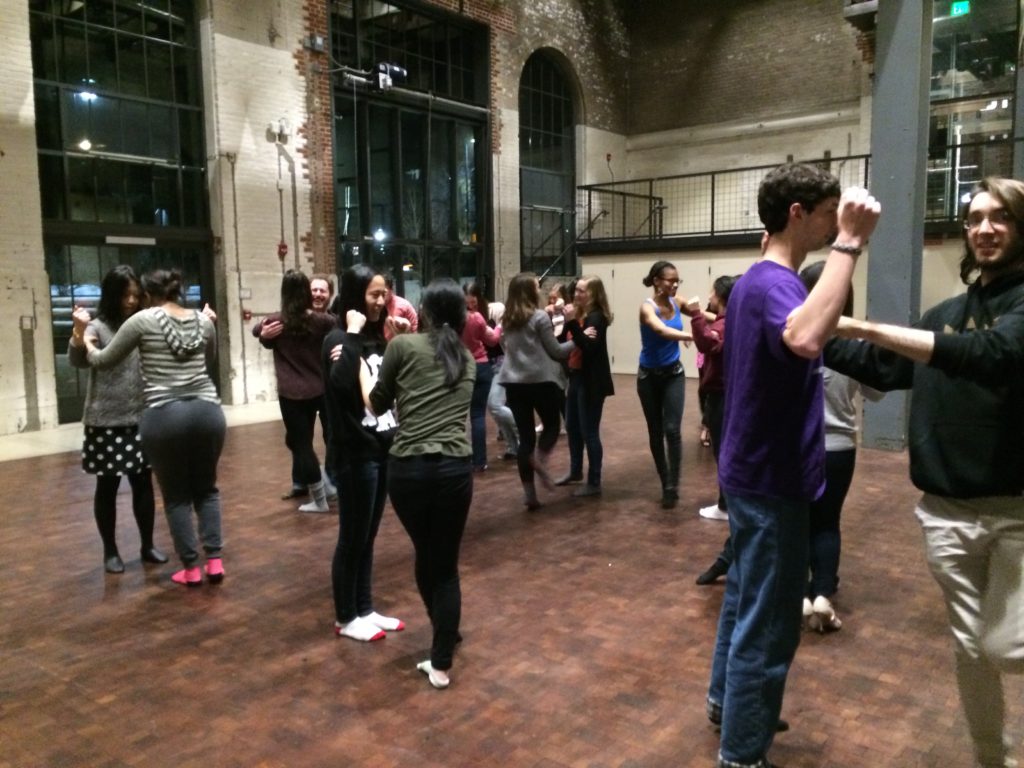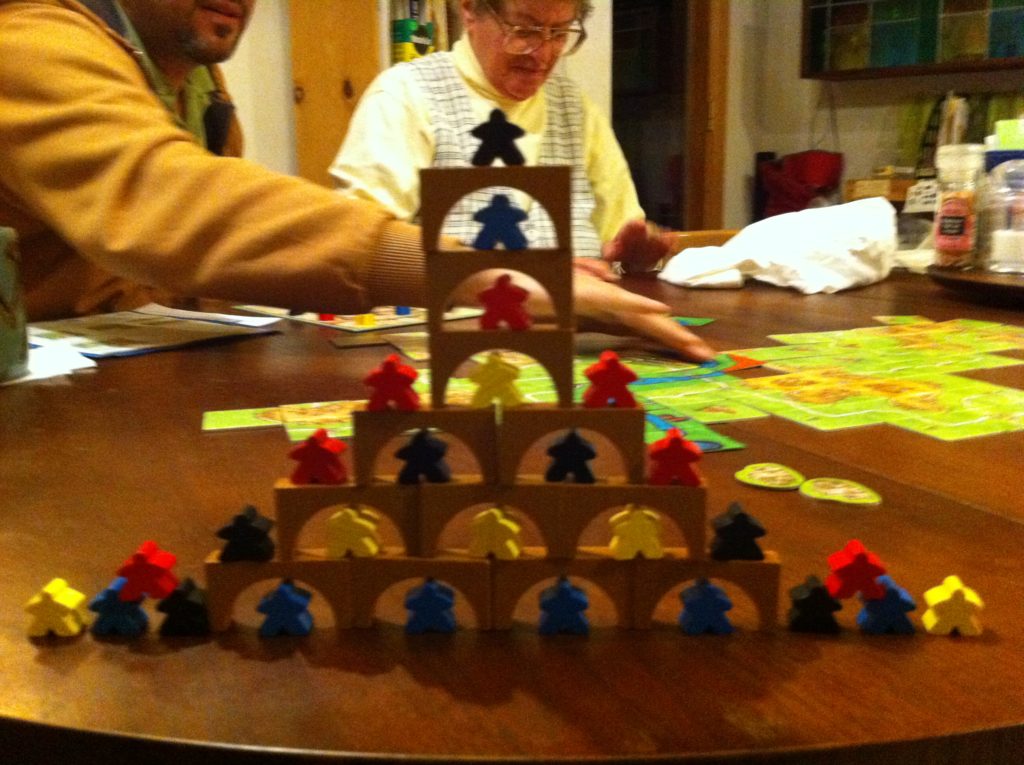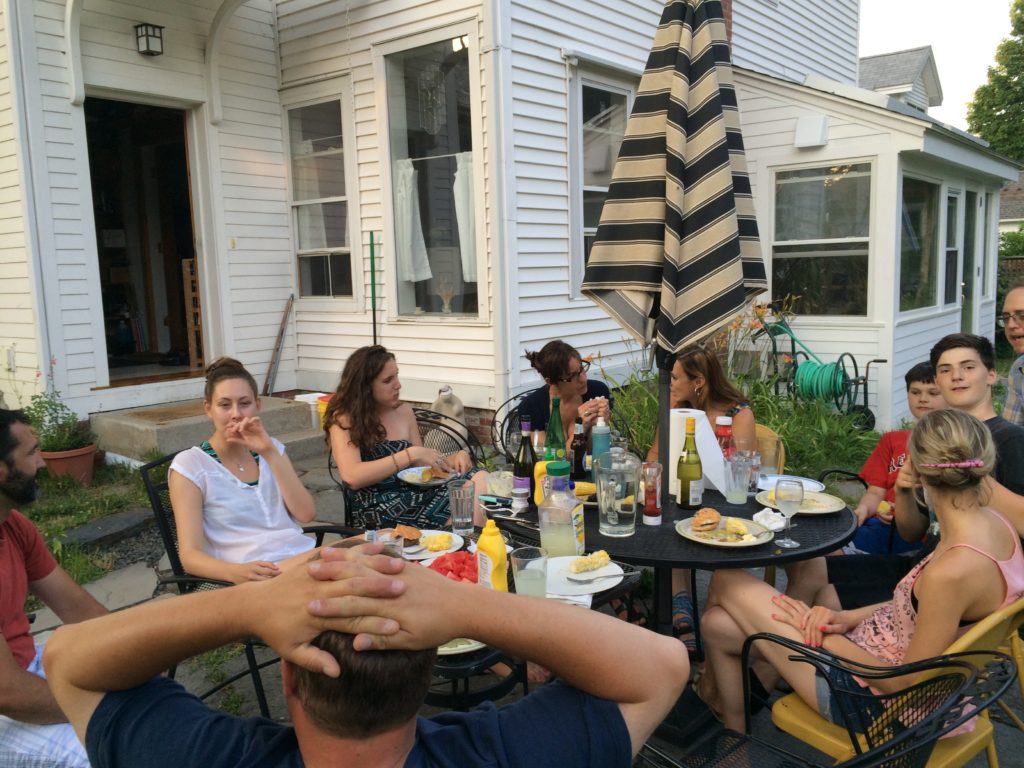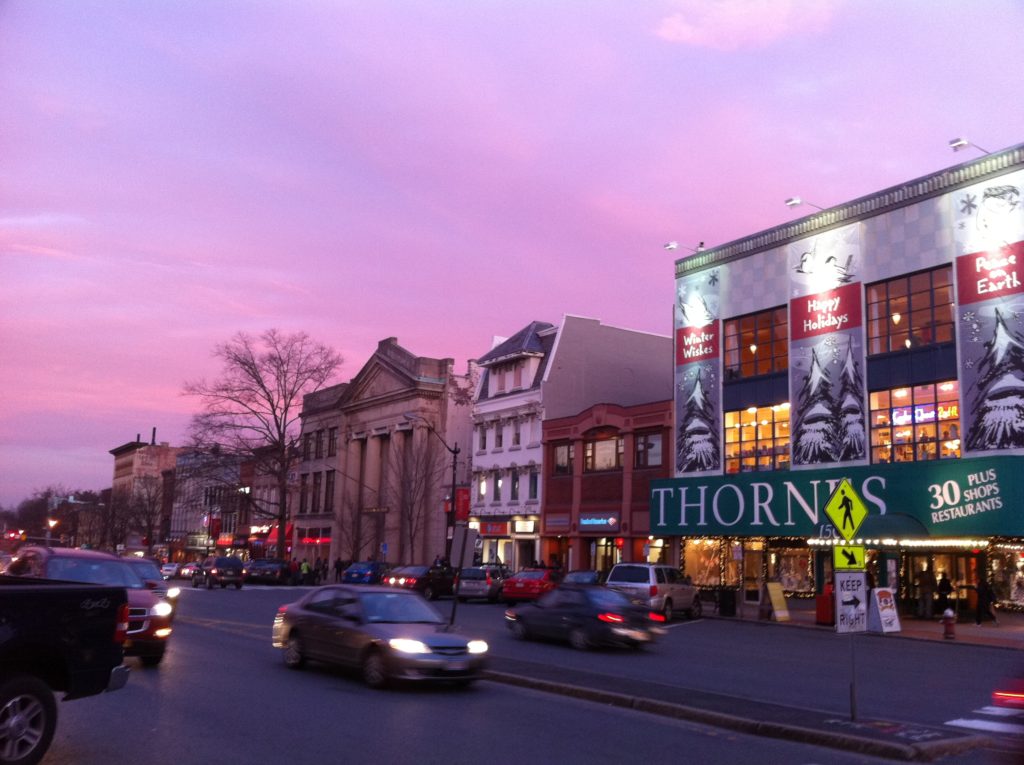Tango Intensive Study
and Apprenticeship.
Personalized training is a tradition in Tango Dancing, going all the way back to the Golden Years in Buenos Aires, and continuing during the last 30 years of Tango’s Modern Revival.
Daniel has a Masters of Education in Dance (1984), 40 years dancing, a 30 year long history of teaching Tango and promoting advanced tango pedagogy. He delights in telling the story of how learning both gender roles is tango’s pedagogical tradition, but only in gender separated classes and practicas. During tango’s modern revival, principally because men and women now learn together, which is an irony of the feminist movement in Tango, the gender roles have become much more codified, which is both non-traditional and inefficient.
Daniel’s approach is radical and revolutionary only in so far as to propose that the traditional learning of both roles be continued in the modern classroom of mixed genders. It may seem like a small thing, but it actually a big deal in practice, with the traditionally hidden agendas of separate gender roles made transparent, and revealed to each dancer.
Intensive Study here in Massachusetts is a combination of lessons with Daniel, and research in the extensive on site video and print Archives of Bridge to the Tango. There are now more than 350 video clips to browse, as well a library of hard to find tango movies and instructional videos. You can come for a day, or for much longer. You can pay by the hour, or create a program of study. You can only come to learn to dance, or you can come to deepen your knowledge of the form, gain supporting skills in teaching movement, and help with developing your own approach to Tango pedagogy.
Read on…
Index:
Daniel’s Statement of Teaching Philosophy
Who is an intensive Study Candidate?
Would you like to study other movement forms with Daniel?
Daniel Trenner’s Statement of Philosophy
Dance as Ritual:
Dance, Music, Poetry, and Art, all born in the fulfillment of ceremonial purpose, have evolved to become expressions of the the most elevated forms of human creativity. The Performing Arts have become the seat of this branch of human wisdom, and the basis for their expression within our educational system.
Yet, within the complexity of the modern human societal endeavor, and in light of the changes wrought by technology and industry, there arises a need to renew Ceremony, remind us of our humanity and interdependence, and challenge us to develop up-to-date skills for social interaction and boundary keeping, ones that will guide us back to civility, negotiation, compromise, and a host of important features of consensual democracy,and participation in civic life.
These skills of social etiquette were once ingrained in school curriculum as social dance, as folk dances, square dances, ballroom dances and the like. Then such dance was dropped either as antiquated or anachronistic, during the cultural upheaval of the 1960s, with the rise of individual expression and improvisation. In athletics dance was conventionally part of Physical Education. Title 9 led to funding for women’s sports, with women competing as men do. Where was the funding for non-competitive, somatic, body-oriented disciplines? Where was the recognition that men need to be taught these more “feminine” movement forms?
Social Dance is such an expression of this counter-entropic thread of civilized human interactive behavior. I have spent the 40 years of my adult life exploring this territory as practice and pedagogy. It is a journey that has led me to explore dance as Art and Performance, but finally to return to dance as Social Ritual, and in the process to discover the inherent resources available therein for modern urbanized, technological, and civil society. A world of new ritual for supporting team building, relationship skills, consent and boundary keeping, managing intimacy, deepening interpersonal communication. This parallel to the study of the artistic dance is the study of dance as a ritual for building Communities, and it deserves its place in the constellation of “techniques” that make up a well-rounded study of Dance.
Who is Daniel:

I am uniquely prepared for teaching this work, having a life’s experience participating in, building and nurturing dance communities.
In the 70s I lucked into classes with the then unknown Bill T. Jones and Arnie Zane and Co. at the American Dance Asylum, and in various African Dance cultures (With Percival Borde at SUNY, and Titos Sompa of the Congo.).
As a Jazz dancer, I trained with old time Hoofers and Jazz people (principally as a protegé of Brenda Bufalino and Leon Collins.). I practiced and taught Contact Improvisation in the US in the 80s, and in 1987 traveled to Argentuna where I became a prime mover in the development of the Post-Modern Dance scene in Buenos Aires, now one of the largest of its kind in the world.
During the 80s I also joined the Co-Operative Dance Movement through the Dance New England Community, where I have served three terms in leadership, am a senior teacher, and active member.
My foundation in body work is The Evolutionary Origens of Movement as taught by Bonnie Bainbridge Cohen in the Body Mind Centering community she founded. This work informs my understanding of human movement, dance technique, and Pilates training.
Finally, from the 90s until now, I have been a prime mover in the revival and expansion of the Argentine Tango in Argentina, Europe, and North America.. Additionally my Tango work has led me to study and work with Salsa and Rueda dancers in Havana, Cuba, and with Swing dancers in the USA.
The Work:
I believe that the development of the dancer is three fold; of Self, Other, and the Ensemble. The disciplines are faceted, crystal like, and non-linear. Simplicity and complexity are compliments, and patience with self and others fundamental.
Dance training begins with the study of the body. Through experiential anatomy we gain an understanding of how ontogeny, the development of the body, recapitulates phylogeny, the body’s evolutionary inheritance. Through yoga and dance technique we gain a ritual of preparation which will extend our body’s useful lifespan, and limit injury, during our lifetime of practice. Through improvisation we study motivation, uncover creative impulse, and form character, which we will hone in theatrical and choreographic practice, culminating in performance.
But parallel to this personal enrichment of physical and performance skills is a track of dance related relationship skills. Bodywork, that is the sharing of proprioceptive skills with others, in addition to providing a lifelong benefit to to each participant, begins the training of empathy, which will be a component of successful collaboration, and the foundation of correction and mentorship of future students.
Duets follow, both the traditional variety from dance’s social roots, and the post-modern improvisational variety. Leadership and followership, or letting and flowing, skills begin in the simplicity of the diad.
Group collaborative work is a highest or deepest challenge of this many faceted process, preparing the dancer for the collaborations inherent in creating performance or being part of a faculty, and, finally in the formation of their own pedagogy or teaching philosophy.
In the Ensemble dance enriches and informs the human society around us. Again towards a modern idea of Ceremony, as a fundamental construct of the bonding together of groups of people into families, clans, tribes, and governments.

There needs to be included in educational discipline a way to bring dance into focus again as the fulfillment of physical being, inner knowing, for the whole of the population, not only the talented. To see dance as a portal for the discovery of non-material riches of a human experience.
To that end, I envision training a class of professional dancers who will enter educational systems at the elementary, middle and high school levels with the ability to make relevant fundamental skills accessible to all youth, especially to the general population who will never become “dancers”. To guide and encourage the fulfillment that comes from conscious living in the body. And who will thereby also continue to provide a pathway to Dance as a Performing Art, and a Career, for the subset of individuals with sufficient talent and motivation to embrace those challenges.
The Argentine Tango:
While in Argentina in the 1980s, teaching American Jazz and Improvisation, I asked what Argentines danced, and was introduced to Argentine Folklore and Tango Dancing. I was particularly drawn to Tango because of the ritual of the Social Dance, the Milonga, and because the protagonists were older dancers who thought the form would be dying out with their generation.
Having experience learning with older Jazz dancers in the US, I began a long journey of study with the Argentine Elders, Milongueros, that lasted for 15 years, and turned out making me a protagonist in the Tango’s Modern revival. I developed the Tango tourism industry where there was none, I published the first big Catalog of Tango products outside of Argentina in the 1990s, Bridge to The Tango, and filmed many of Tangos last generation of Golden Years Dancers with BttTV video. Endless friendships and private training with these older dancers, and with the transformative next generation of younger stars, gave me a unique background and perspective on Tango’s modern revival, one which i share in your private training with me now.
Tango is the survivor of a Political turmoil and disaster that struck Argentina post WWII, and continued until the return of Democracy in the 1980s. Culture of all kinds was impacted, as artists and progressives fled the country to escape repression, or went underground. It is humbling as a non-Argentine, or adopted Argentine, to be a reservoir of the kind of knowledge that would usually be passed from parent to child over generations. This natural process was interrupted by forces beyond control of the dancers, musicians, and poets that created and sustained Tango through its generations. Tango is now back and getting both stronger, and beyond the boundaries of the Argentine. But the legacy of the older dancers is a resource that deserves to be preserved and passed on and in my own fashion I am doing that here in Massachusetts.
After 20 plus years of road life I chose to retire from touring in order to help care for my aging parents. Some people aren’t lucky enough to have someone look after them in their old age. My Dad passed at 89, and my Mom recently at 91. My 12 year experiment in alternative elder care was combined with my desire to teach intensively while doing the extensive work on the archival material that I can only accomplish here at home. The Tango house that has resulted is an ample facility with living, visiting, working and studying all layered together. It is a fabulous place to visit and dance.
I continue to do a limited amount of travel to visit and teach in tango communities all over the world, but while my Mom is still here, and the archive needs so much attention, I spend most of my time here. More than 50 people have visited, from all over the world. You are welcome to be the next.
Who is an intensive Study Candidate?

- You are a dancer seeking advise at any level, beginner to advanced, and just want to come and deepen your study and practice of Tango and related forms.
- You are working tango dancer and teacher who would like to deepen your knowledge of form. Pedagogy is important to you. You want to develop your own curriculum and style, yet train dancers with safe and efficient technique, drawing on information from other body centered studies, movement education, and contact dance forms. You want to study video of the Master Teacher’s of Tango’s modern revival, and be coached on how to integrate the material into your own system. You believe in the process of embodiment and the need to practice both the lead and follow roles. You understand the relationship between being a student and a teacher, and you understand how having a mentor allows you to accelerate your own process.
- You are a beginner to tango, but already a professional in other dance forms, and want to add tango to your repertoire..
Would you like to barter?
Barters can be short or long term. Talk to Daniel.
- You can barter technical skills. You are passionate about the dance, and you already have video, archival, and or computer skills. You are interested in the opportunity to work intensively with the extensive unedited and unpublished material in the archive.
- You are a Spanish speaker and can help with transcription and translation.
- You can barter fund raising skills. You are passionate about tango and have experience in crowd fund raising.
- You can barter organizational skills. You would be excited about learning the ropes of running a local tango dance program and studio.



What is the price?
Lessons are based on $100/hour. You may stay in a local hotel or B&B, or stay at my home in a guest room. A donation will be requested for access to the archive and guest rooms. The suggested donation for each is still a work in progress. We will talk about it before you come.
Study is personal, individual, although couples and small groups can be accommodated, and are helpful for filling out practice time between your intensive study sessions.
Would you like to study other movement forms with Daniel?
American Rhythm Tap in the style of Leon Collins, one of the great Jazz dancers of the 1940s-80s.
American Swing Dancing- Lindy Hop and West Coast Swing.
Evolutionary Origins of Movement and Movement Education in the style of Bonnie Bainbridge Cohen (Body Mind Centering).
Cuban Salsa and Rueda.
Contact Improvisation.
Personalized Workouts in house on Pilates Style Equipment.
Please inquire about the specifics of personalized program.
What is the process?
It begins with an email or a phone call to Daniel at 413-522-2225.
Tell him about your prior dance experience, your goals, and how much time you are considering spending in Massachusetts.
There are a limited number of dates available. You must book your stay in advance, and a deposit will be required to hold your reservation.








